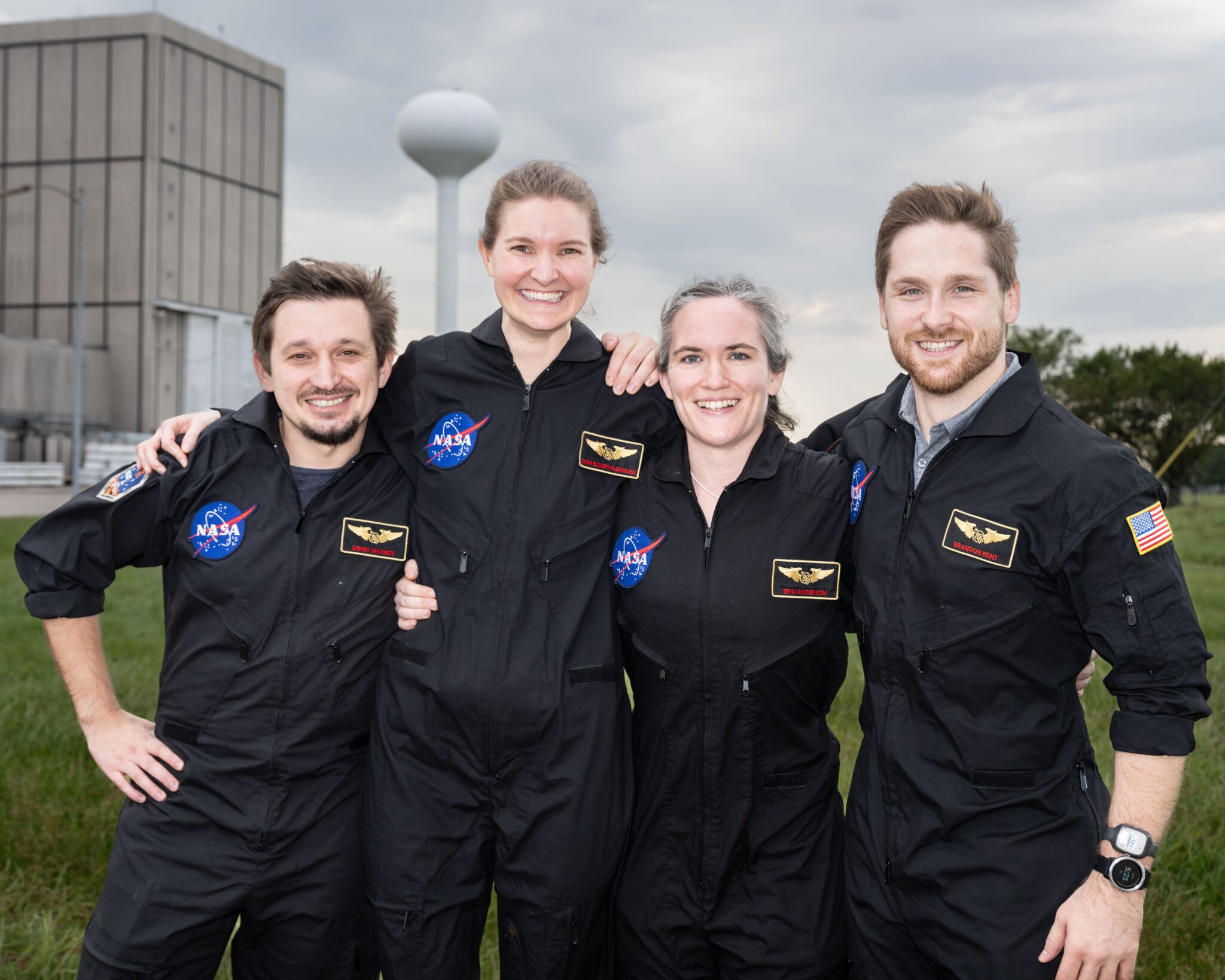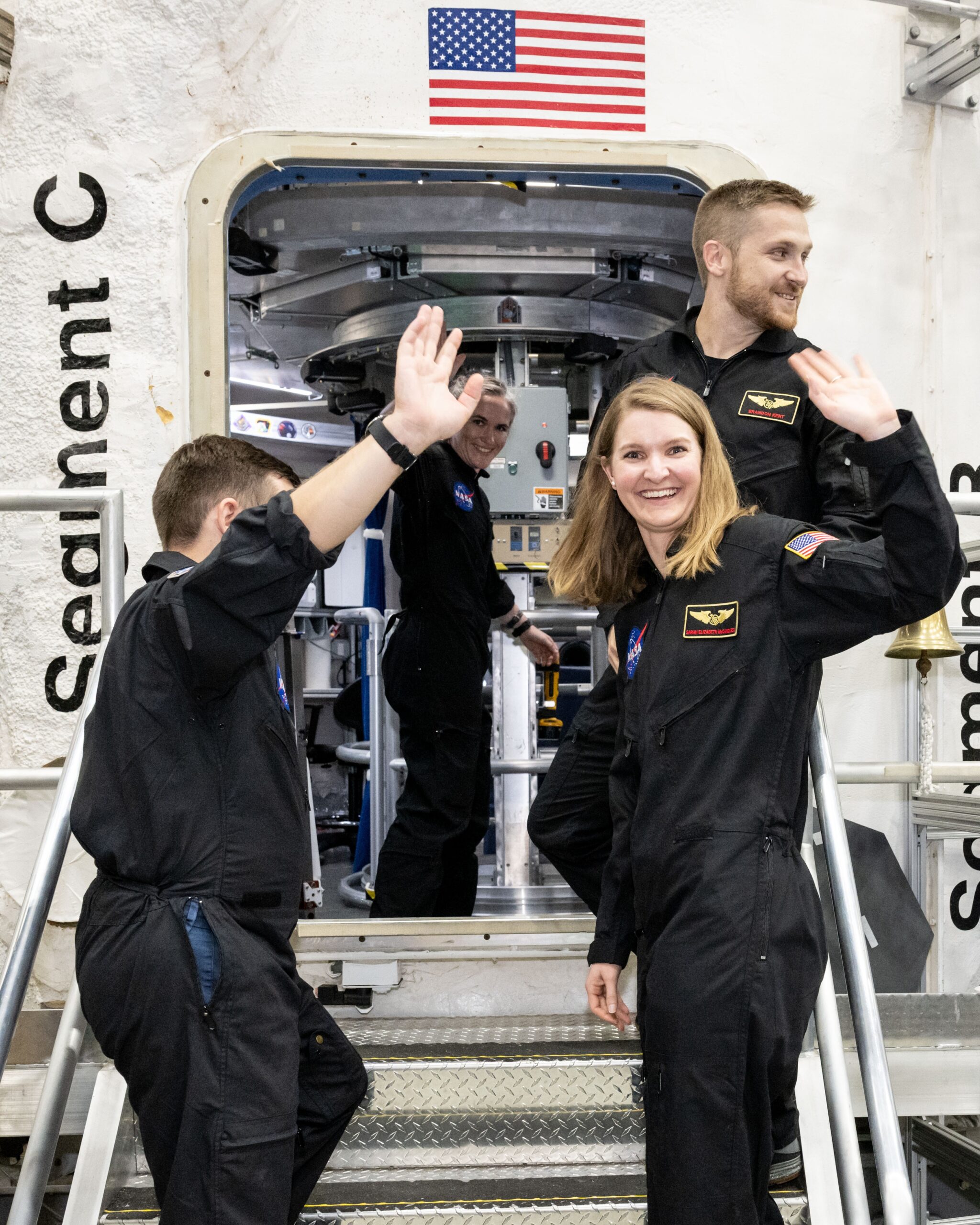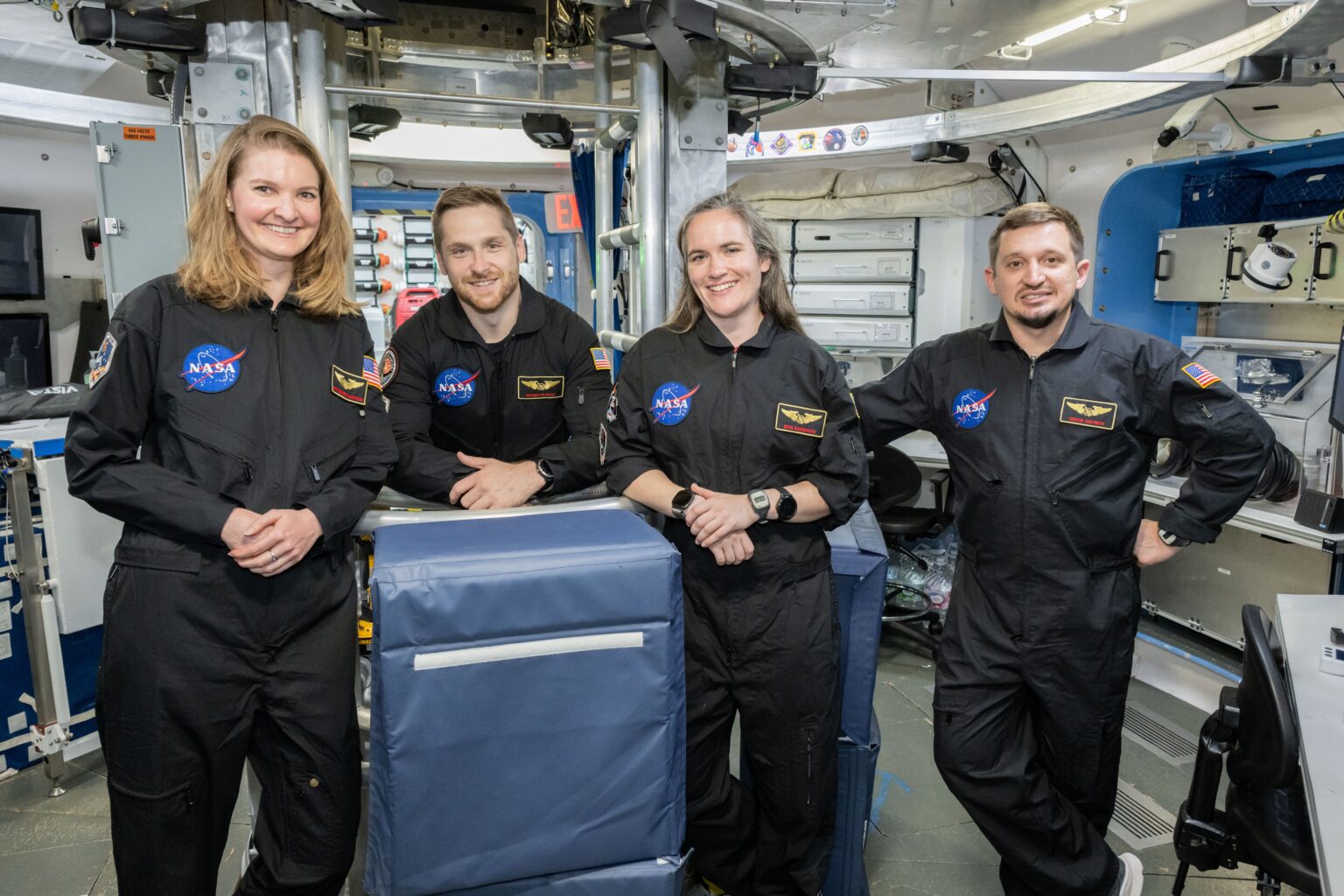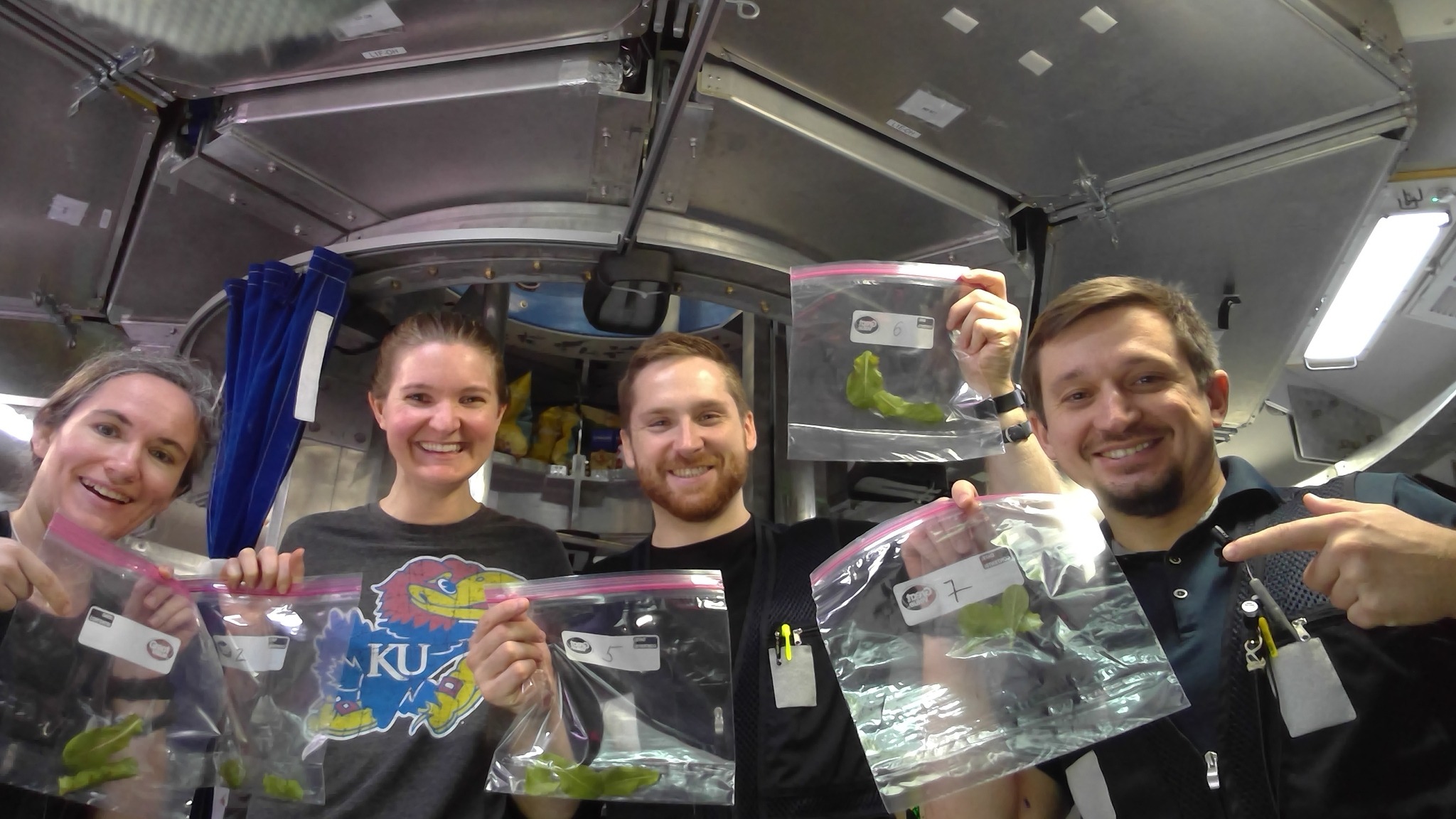A four-person crew has completed NASA’s simulated mission to Mars at Johnson Space Center, Houston. Volunteers were isolated for 45 days in a 60 m2 environment, performing various tasks that simulated Martian mission conditions as closely as possible.

The HERA (Human Exploration Research Analog) mission aimed to study how humans respond to space constraints and isolation in deep space environments. The crew conducted 18 studies to investigate the effects of such conditions on physiology and behavior. During the mission, crew members grew plants in a hydroponic garden, launched a cube satellite, and took a virtual walk on the surface of Mars. They also used drones to fly over the Martian landscape in virtual reality.

The participants – Sarah Elizabeth McCandless, Brandon Kent, Erin Anderson, and Ukrainian Sergii Iakymov – had to account for communication delays with Earth that reached up to five minutes, and this brought their experience closer to the real conditions of a mission to Mars. NASA notes that such delays provide incentive for the crew to develop autonomous workflows.

This is the third crew to undergo such a simulation, but this time the tasks were the most complex and detailed. NASA aims to better prepare future astronauts for the realities of Mars, particularly taking into account psychological and behavioral challenges.

In addition to HERA, there is also the CHAPEA program, where volunteers spend more than a year in a much larger 157m2 environment. However, HERA provides the opportunity to conduct short missions with a focus on tasks closer to the real Mars environment. NASA is already looking for new participants for future missions, inviting healthy volunteers between the ages of 30 and 55.
A mission to Mars hasn’t been planned yet, but NASA is aiming for a mission by 2040.
We previously reported on NASA’s need for hardy volunteers for a mission to Mars.
According to NASA


